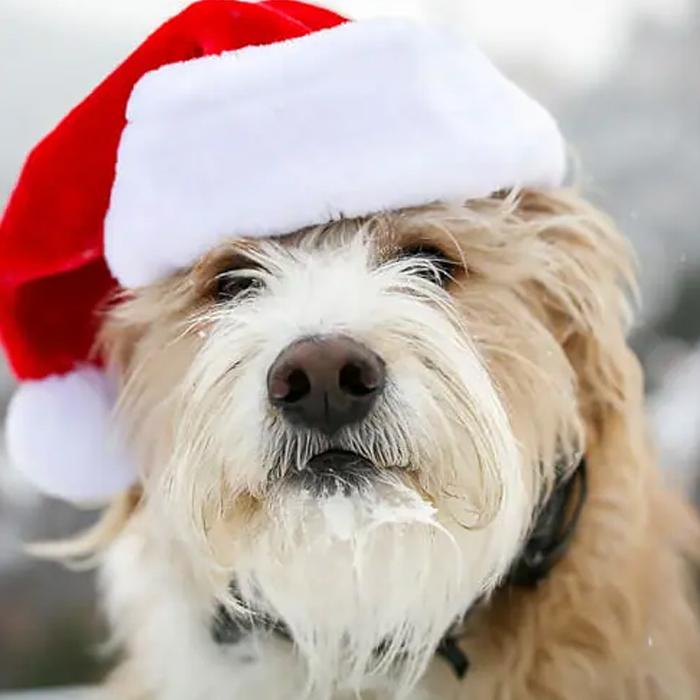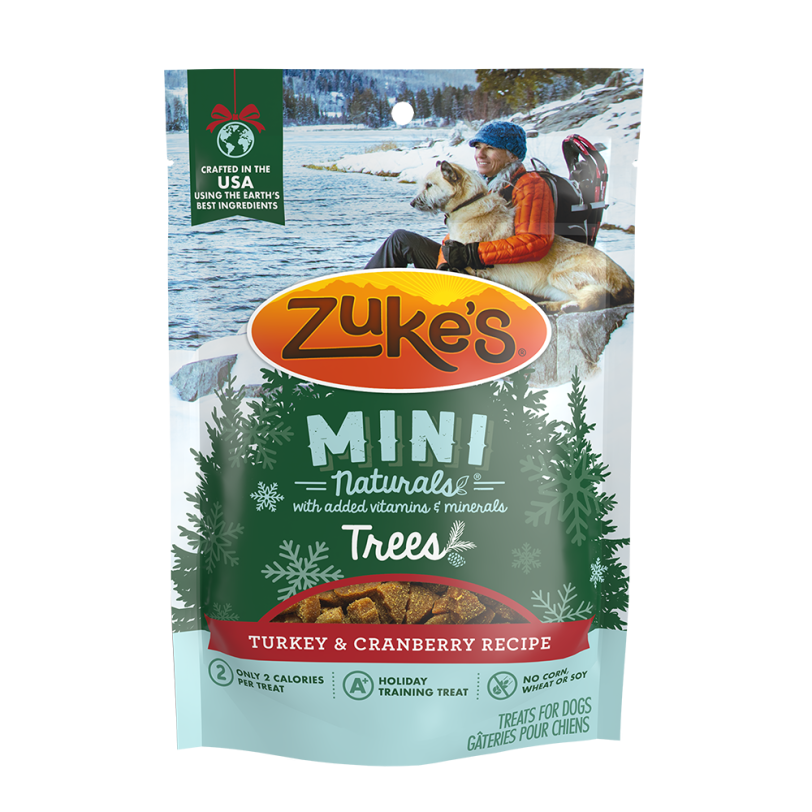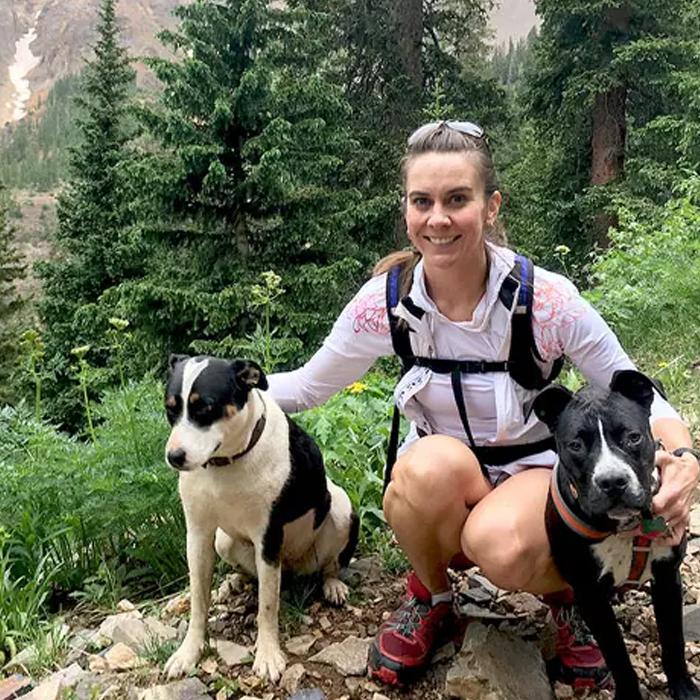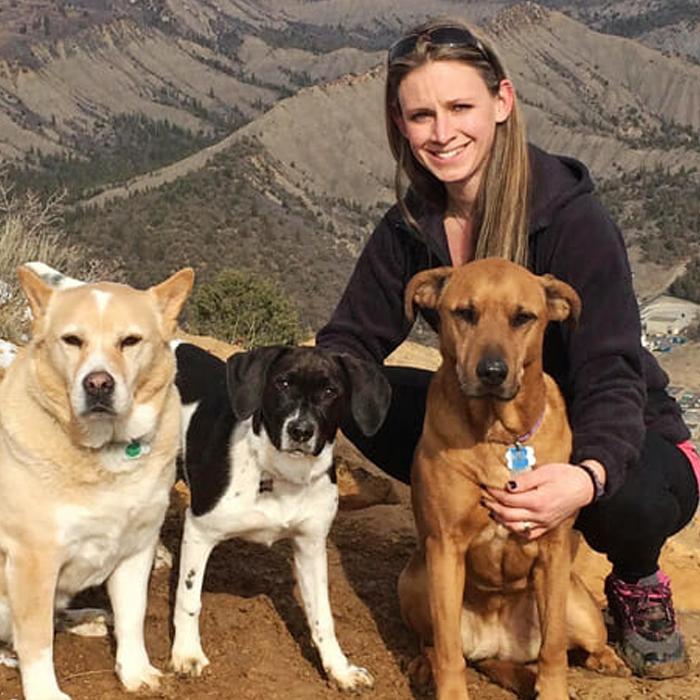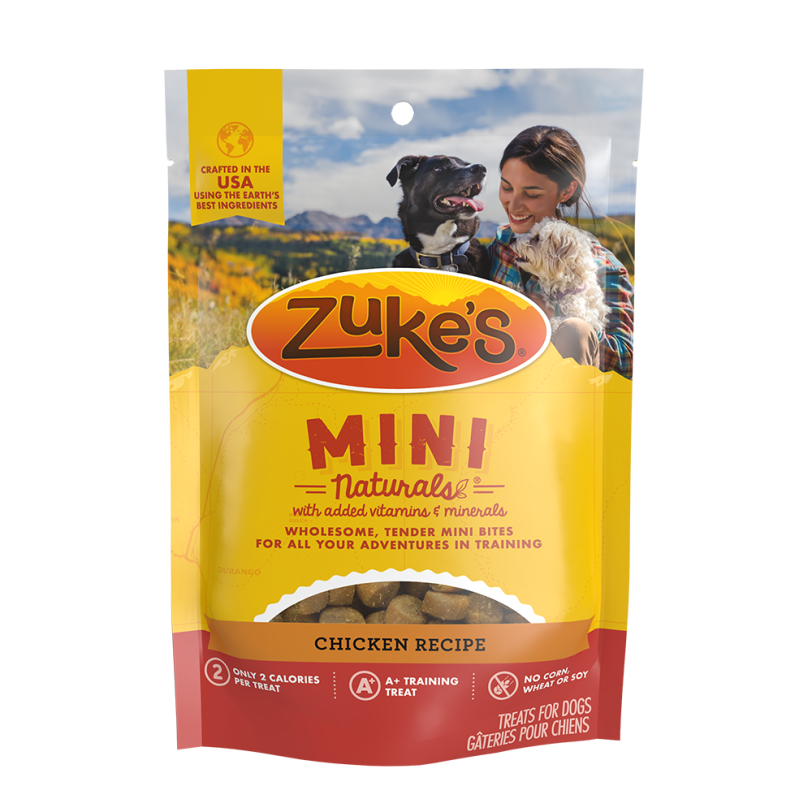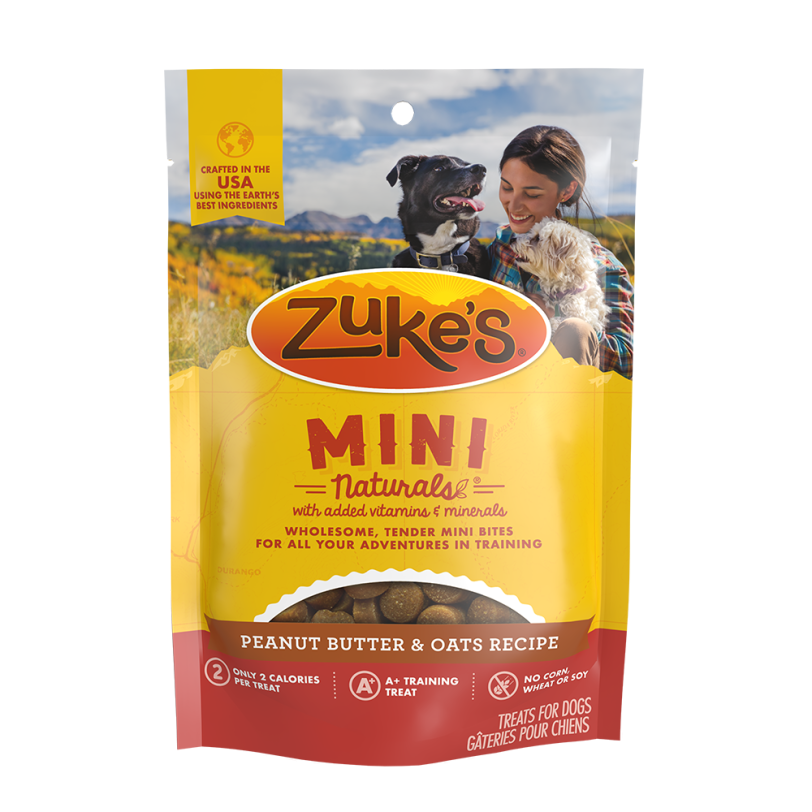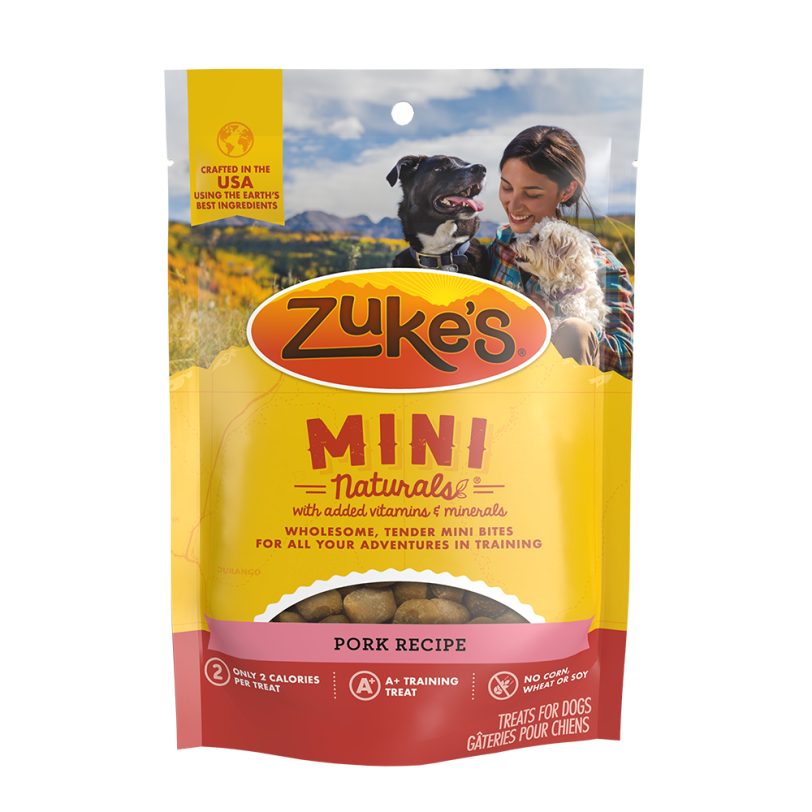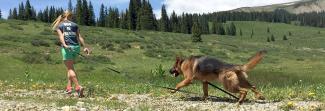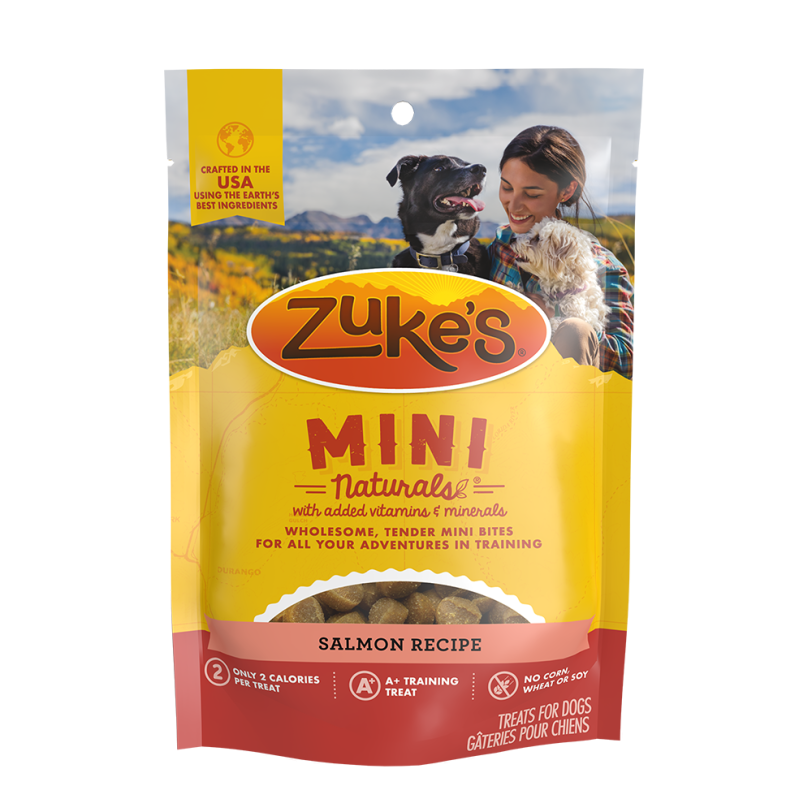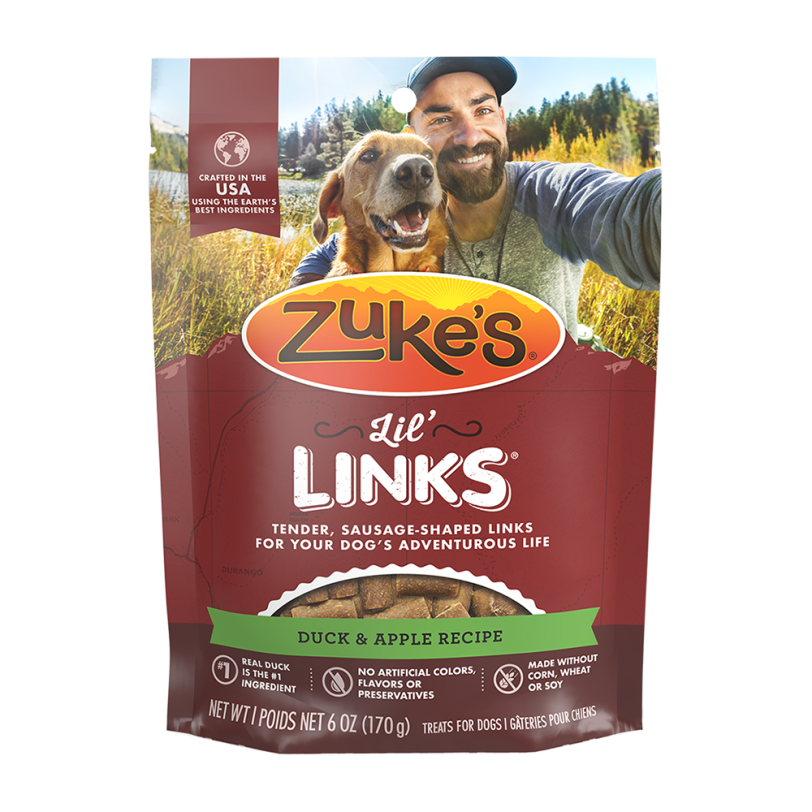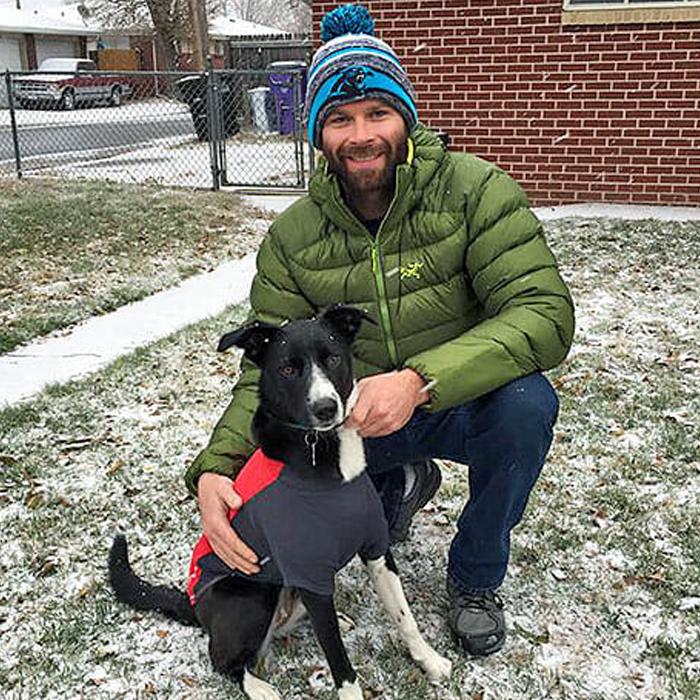December is one of the most behaviorally challenging months for dogs, as it’s full of distractions and temptations that can get dogs into trouble.
With a veterinarian as a father, I know it’s far too common for pets to get into the holiday meal and become sick, or dash out doors and end up injured. Sometimes the season makes existing behavior problems all the more evident.
Many of the challenges of the holidays can be addressed with easy-to-implement solutions. Here are the top challenges my clients have during the holidays and tactics to address them.
1. Barking at People
Dogs naturally want to alert their people when something changes in the environment. During Christmas break, people are more likely to be hanging around the neighborhood, giving your dog more opportunity to bark. Preventing your dog from going into a frantic frenzy at the window requires management and training. Close the blinds during the busy times of day to prevent stimulation overload. In addition, train your dog to run to you when sights they would normally bark at pass by. Start without any distractions present. Call your canine to you and reward with a treat or toy. Once your canine reliably comes when called, even with you in another room, add a minor distraction, like a family member standing outside. As soon as your dog notices the distraction, call them to you and reward. Then progress to working with real distractions that pass. Soon, your dog’s cue to run to you will be the sight of something passing by the window, ending watchdog barking all together.
2. Unusual Christmas Sights and Sounds
For homes where Santa visits, the sight of the big man himself is anxiety provoking. Big boots, a deep voice, and a beard can be frightening. If you’re unsure how Fido will react around Mr. Claus, put your dog in a closed room with a chew toy to occupy him when the “Big Man” visits. For curious, but excited dogs, have Santa toss treats on the floor to strike a friendship. Holiday decorations that move, light up or make music also are stressful for pets. To help your dog adjust, start with the decoration in the off position. Toss treats around the object and let your dog move toward it at his own pace. Only once the dog is relaxed should the item be turned on, keeping it at a distance from your canine to start. Whenever the object moves or makes a noise, toss a treat. Within just a few sessions, most dogs will be relaxed.
3. Chewing
Alas, the holidays are one of the more difficult times to manage chewing because temptations are multiplied. Dogs have a keen sense of smell, so it’s no wonder they uncover food items inside stockings and presents. With more décor around, it’s tempting to chew on even inedible items, like wiring from lights, bulbs on the tree or tinsel; creating a serious health risk. To combat chewing, decrease access to inappropriate items and increase available chew toys. All food items should be kept up in cupboards or high spaces the dog can’t reach, even if it means only putting food items out when ready to be opened or consumed. If chewing decorative items is tempting for your dog, put decor in off limits areas, like a closed room or behind a barrier, like a pen. For avid chewers, this may mean protecting the tree and presents in a room with a closed door. Encourage appropriate chewing by placing various toys, food puzzles and long-lasting chews around the home for your dog to chew on.
4. Marking the Christmas Tree
It’s tempting for male dogs, and even some females, to mark the Christmas tree, because it’s a high, vertical surface. The most likely time marking will occur is when the tree is first set out. For that reason, keep your dog on leash when you introduce them to the tree. Reward trained behaviors, like sit and down, around the tree to keep them focused. Allow sniffing of the tree and then call them back after a couple of seconds to allow short investigation without enough time to mark. After 20 minutes or so, most dogs lose interest and marking isn’t as enticing. If your pooch is still a determined marker, prevent access to the tree with gates or by keeping your dog on leash.
5. Fear with Guests
Some dogs are uncomfortable with company, especially children. If the visit is short-term, consider putting your dog in a crate or dog-proofed room. Doggy daycare is another solution for dog-friendly canines to avoid putting them in a situation that’s too stressful. If your dog is only shy at first, but warms up fast, instruct visitors to ignore your dog when they come in. Keep your canine on leash and provide a distraction, like a dental chew. Only allow petting if your dog makes the full approach to visitors and solicits petting.
6. Getting into the Food
With all the edible goodies lying around, dogs have ample opportunity to dig in. Food must be kept safely away from dogs, as canines are scavengers and will take any chance to secure a snack. If you’re having a holiday get-together where food will be left out, keep your dog on leash. If they attempt to sneak a snack, interrupt them gently with a verbal noise, and immediately direct them to do something else, like sit. Reward your dog while they are calmly at your side. If you can’t supervise, keep them secured in a dog-proofed area.
7. Dashing Out the Door and Running Away
Dogs have more chances to bolt out the door and run away during the holidays when visitors are more frequent. Hang a leash by the door so it’s easily accessible and always clip it to your dog before opening the door.
8. Jumping on Guests and Excited Barking
Friendly dogs commonly become overly excited with greetings and may jump and bark for attention. If your dog is social with people, but shows hyperactive behavior when people arrive, prevent greetings until your dog is relaxed. Keep your dog on a head halter or front clip harness to better direct their movement. If they attempt to jump up or if they bark, simply turn around with them on leash and walk away a few feet. Once your dog is settled and quiet, approach again. Soon your canine will realize that barking and jumping take away the opportunity to greet. Most importantly, reward your dog with treats, toys and opportunity to greet when they are quiet and all four paws are on the floor. For more tips, check out the post, How to Keep Your Dog’s Four on the Floor With Visitors at the Door.
Keep in mind, if your dog is anxious or aggressive; seek professional help, starting with your veterinarian.
“Santa Ollie” photo by #ZukesPack ambassador Stephen Martin. Follow @explorewithollie on Instagram for more “awwww”-inducing photos and inspiring adventures.

